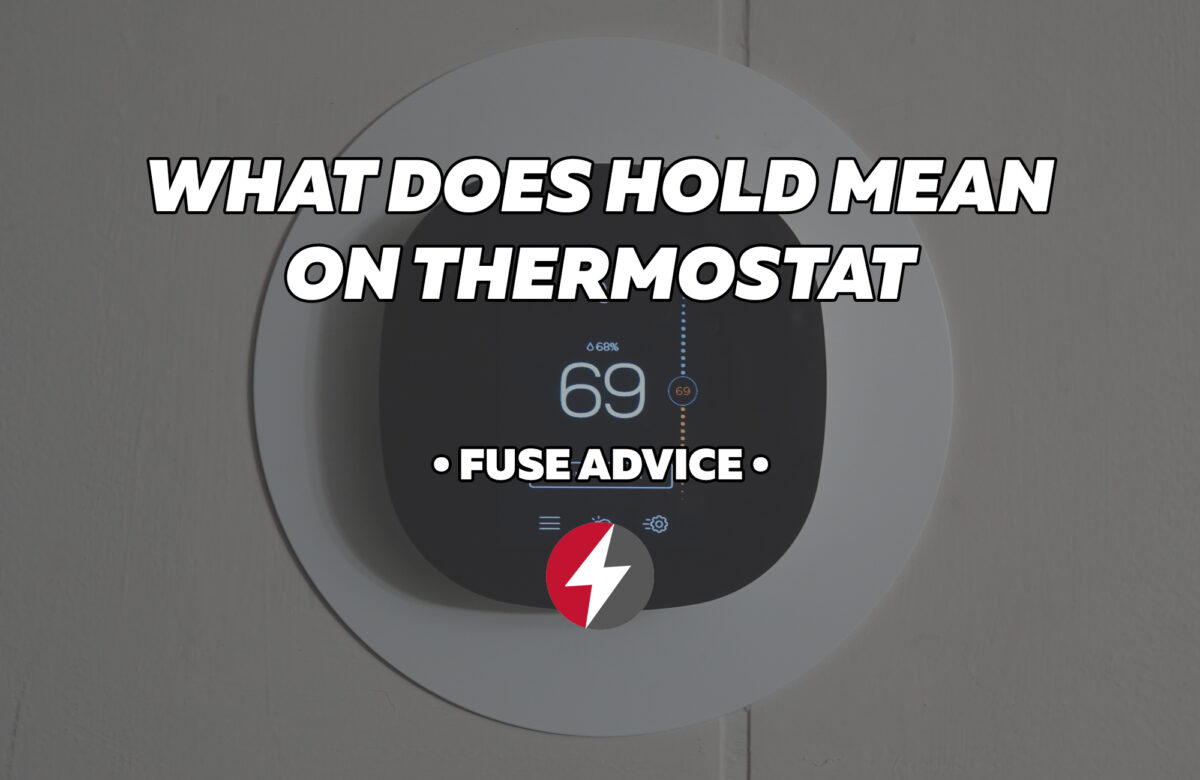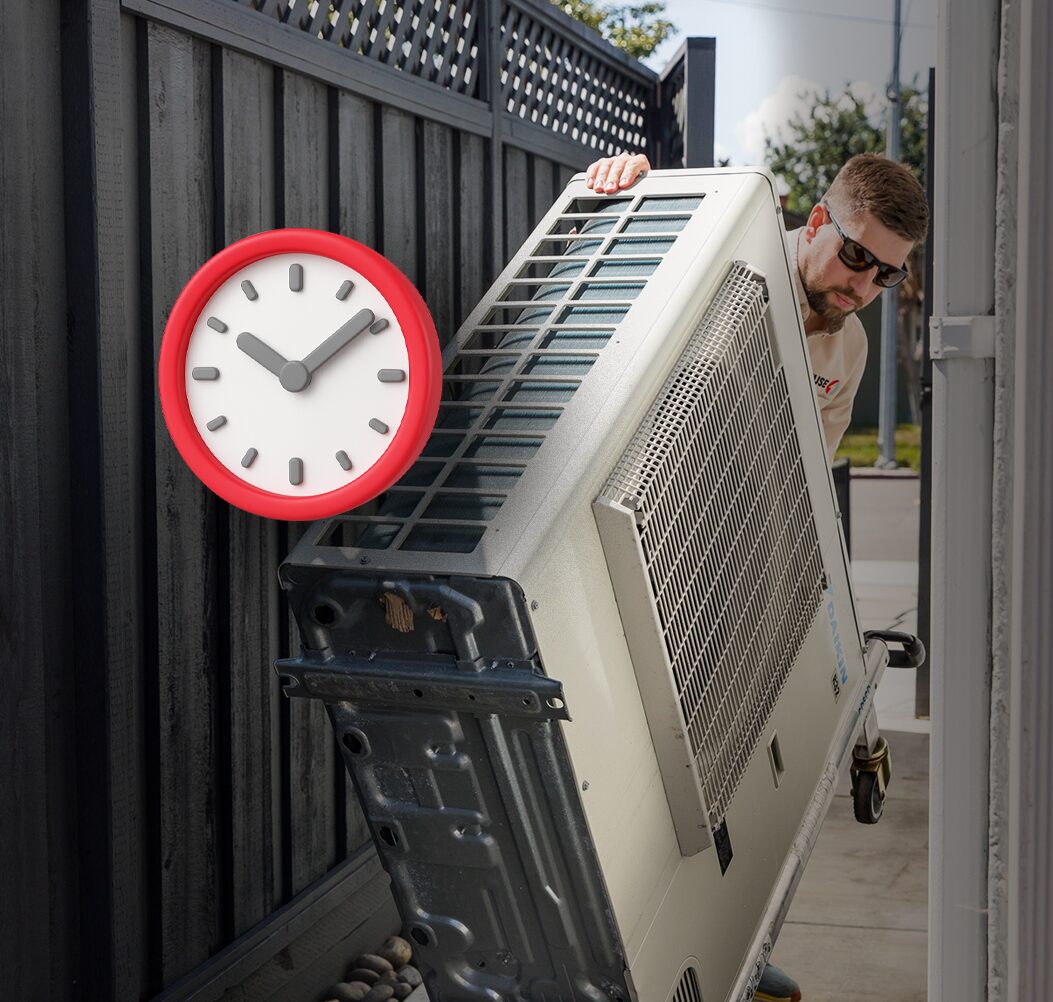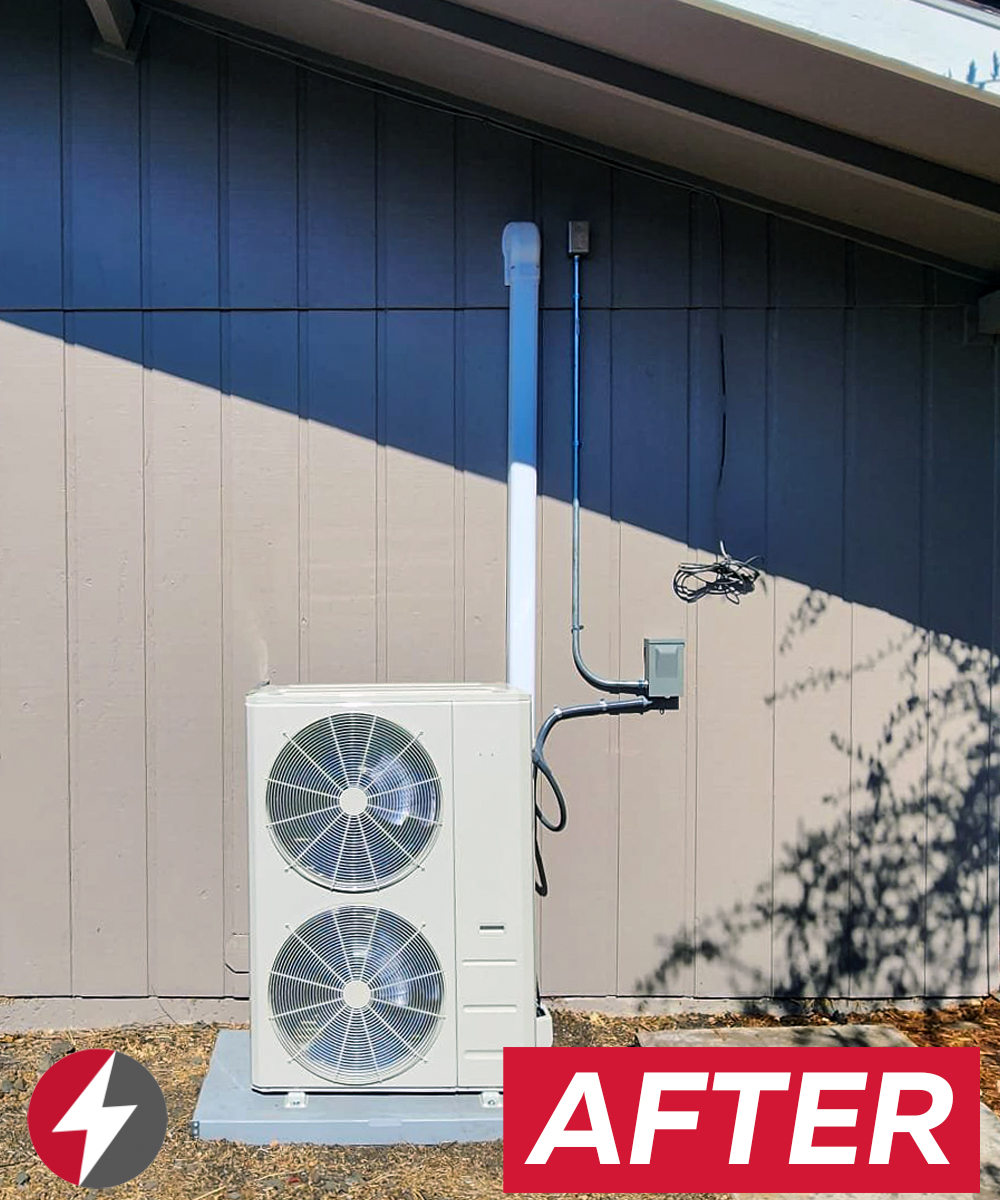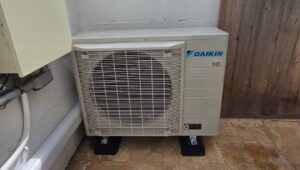The world of home automation and climate control can seem like a labyrinth of terms and jargon. Ever stared at your thermostat and wondered about a particular feature? You’re not alone. The thermostat, a seemingly simple device, is replete with features that some of us might not be familiar with. One such feature is the “Hold” function. Let’s delve deeper into what does hold mean on thermostat.
Understanding the “Hold” Function on Your Thermostat
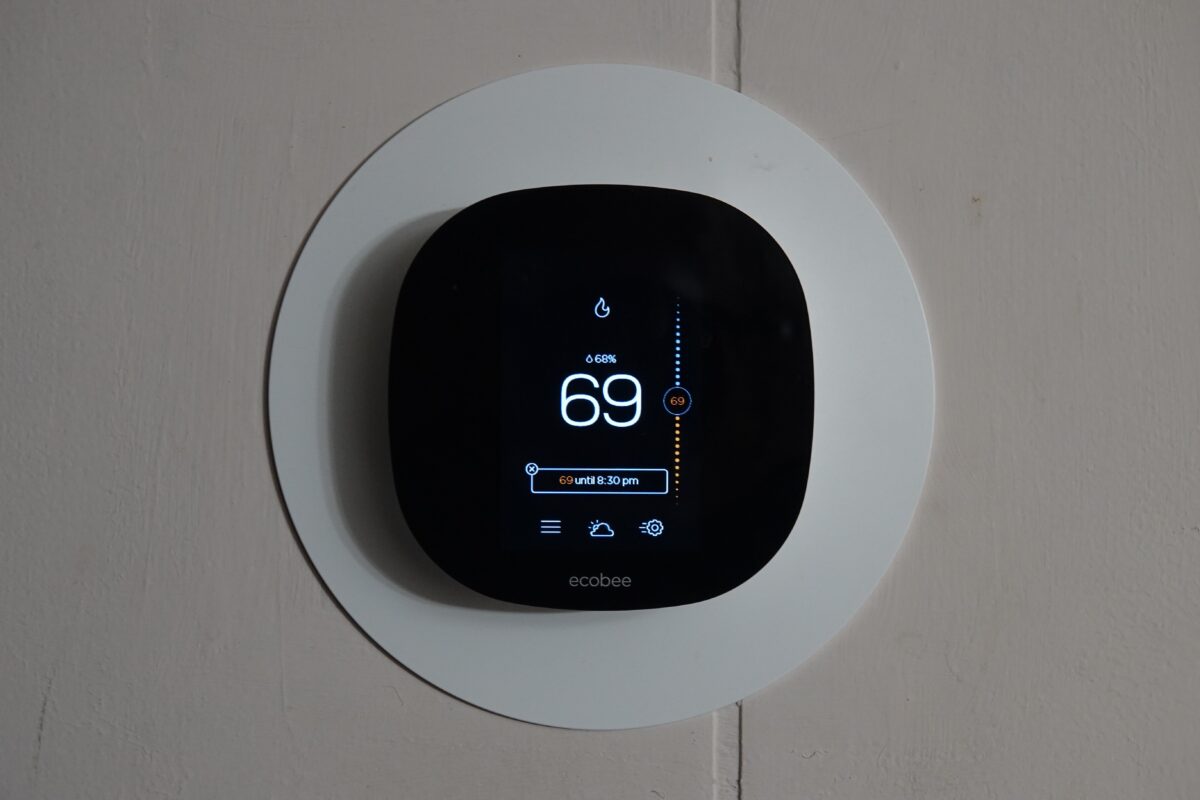
Thermostats have evolved over the years, haven’t they? From manual dials to smart, touch-screen panels, the journey has been nothing short of transformative. In the midst of these advancements, the “Hold” function emerged as a pivotal feature. But what does hold on thermostat mean?
Imagine this: You’ve planned a quick weekend getaway. As you pack your bags, you remember that chilly winter morning you returned home to, post-vacation. Wouldn’t it be sublime to maintain a cozy room temperature while you’re away and ensure a warm welcome upon return? Enter the Hold function. Essentially, it enables you to maintain a specified temperature irrespective of scheduled temperature changes or external influences. Think of it as the pause button on your TV remote, but for your house’s temperature.
What Does “Hold” Mean on a Thermostat?
“Wait a minute, isn’t the purpose of a thermostat to adjust the temperature based on pre-set schedules?” Precisely! Modern thermostats often come equipped with programming capabilities. You can set different temperatures for different times of the day. Sounds practical, right?
However, there are instances where you might wish to override this schedule. And this is where the Hold feature shines.
What does hold on thermostat mean:
- Maintaining a Set Temperature: Regardless of scheduled changes, your home stays at your desired temperature.
- Manual Override: You gain temporary control, overriding programmed settings.
- Flexibility: Ideal for sudden plans or changes in routine.
Remember that scene in your favorite movie where the protagonist defies all odds and goes off-script? That’s what does the hold mean on a thermostat — an unexpected twist, but entirely under your control!
Benefits of Using the “Hold” Setting
Using the “Hold” setting isn’t just about being the master of your thermostat; it has tangible benefits. Let’s explore:
- Energy Savings: By maintaining a consistent temperature, especially when you’re away, you could potentially save on energy bills. Imagine not having the heater run incessantly on a cold day just because the scheduled temperature is a tad higher.
- Comfort: Returning home to a house that’s at the perfect temperature is a luxury we often underestimate. The Hold function ensures this comfort.
- Flexibility for Sudden Plans: Decided on an impromptu dinner out? Or perhaps, an extended stay at a friend’s place? With the Hold feature, your home’s climate won’t be governed by the regular schedule.
- Less Wear and Tear: Frequently fluctuating temperatures might result in more wear and tear for your HVAC system. Holding a steady temperature can prevent such frequent starts and stops.
| Pros | Cons |
| Energy savings | Might forget to revert to regular schedule |
| Consistent comfort | Potential overuse can increase energy bills |
| Flexibility for sudden plans | |
| Reduces wear and tear |
When and How to Use “Hold” on Your Thermostat
So, as a homeowner, what does hold button on thermostat mean for you? The “Hold” feature on a thermostat is similar to the pause button on your music player. Imagine you’re jamming to your favorite tune, but suddenly need to take a call. Instead of resetting the song from the beginning, you’d pause, right? In the thermostat’s world, the ‘Hold’ function does something akin to this.
- Purpose of the Hold: The ‘Hold’ function primarily allows users to temporarily override the pre-programmed settings of the thermostat. Let’s say you’ve got your thermostat set to cozy up the house at 7 PM, but you unexpectedly return at 5 PM. Instead of reprogramming the whole thing, just hit ‘Hold’ after setting your desired temperature.
- How to Use: Utilize the up and down arrows (or the touch interface on modern thermostats) to adjust the temperature. Once it’s at your preferred warmth or coolness, press the ‘Hold’ or ‘Temporary Hold’ button.
- Duration: The magic lies in the temporality. The ‘Hold’ setting will maintain the desired temperature until the next scheduled program kicks in or until you manually turn it off.
Fun Fact: Did you know the Hold feature can be a lifesaver during unpredictable weather shifts? Mother Nature can be whimsical, but ‘Hold’ has got your back!

Common Mistakes to Avoid with “Hold”
“Hold” sounds straightforward, doesn’t it? But, as with all things technical, there’s room for a slip-up. Let’s look at some of the common pitfalls:
- Overusing the Hold: Regularly relying on the ‘Hold’ feature can disrupt your pre-set schedules, and it might lead to higher energy bills. Remember, your pre-set schedules are there for efficiency!
- Forgetting to Release: A common blunder is to set the thermostat on ‘Hold’ and then, well, forget about it. Days later, you might find your home freezing or sweltering!
- Assuming It’s Permanent: It’s called ‘Temporary Hold’ for a reason. Some users assume it’s a permanent change and then get surprised when the next scheduled program starts.
Pro Tip: Want to avoid these mistakes? Post a small note or sticker near your thermostat as a reminder!
Troubleshooting “Hold” Issues
Thermostats, like all devices, can have their quirky moments. If your ‘Hold’ feature is acting up, here are some things to consider:
- Power Issues: Is your thermostat correctly powered? A simple glitch or battery drain could be the culprit.
- Model Specifics: Some advanced models have features that prevent or limit the ‘Hold’ function to ensure energy efficiency. Dive into that manual or do a quick online search by model number.
- External Interferences: Occasionally, external factors like a recent power outage can disrupt thermostat functions. Resetting the device often does the trick.
- Age Factor: An older thermostat might have wear and tear issues. If troubleshooting doesn’t help, it might be time for an upgrade.
Conclusion
Understanding what does hold mean on thermostat can empower you to have better control over your home’s climate and potentially save on those energy bills. Use it wisely, avoid common mistakes, and ensure it functions correctly. After all, in the grand symphony of home comfort, the ‘Hold’ is but a single, yet significant, note! Remember, it’s not about mastering the gadget, but harnessing its capabilities for your utmost convenience. Cheers to a perfectly temperature-regulated abode!
